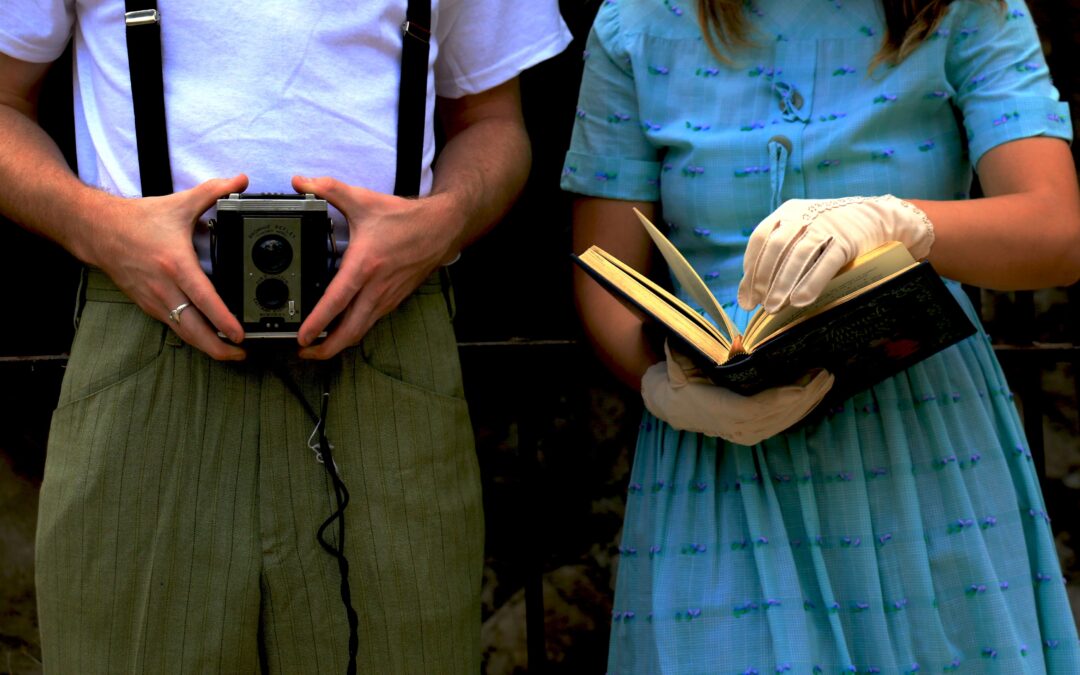When thinking about telling your story (of trauma, but really anything and everything) the first step is figuring out what your story is and what part of it you want to tell.
Storytelling is a key part of the human experience. We are meaning-making creatures and we use stories to make sense of the world around us. I mean, only humans share their histories, their achievements, and their dreams, for the purpose of either memorializing the experience, entertaining or educating others. This is the basis of our humanness, how our religions, our societal structures, our ethics and morals are developed.
But why tell a story about something traumatic? Many people think it’s best to try to forget about what happened to you, to put it in the past and not relive it, over and over again. However, the science of healing disagrees with this common misconception. In fact, it has been proven that those who tell their stories usually heal faster and experience fewer symptoms (anxiety, depression, guilt, anger) than those who don’t find a way to share their stories. In a 1988 study by Dr. James Pennebaker, trauma survivors writing about a traumatic event experienced fewer physical symptoms of stress and anxiety than those who did not.
Every Trauma is a Story
Your experiences have shaped who you are today. Not one of us can experience anything extraordinary, much less traumatic, without having that event (or series of events) change who we are. But there are also parts of the story which you may feel are insignificant to your life today that you may want to push aside. This is one of the reasons you should tell your story. Facing the event, looking those feelings straight in the eye, helps them fade quickly.
What to Tell
First of all, there is no right or wrong answer to what part of your story you tell. It’s your story, your life, your trauma. You get to choose which portions to share. If you aren’t sure where to start, start with the parts of the event or trauma that could be used to teach others. Or the part that has remained with you. With trauma, it’s common for your brain to get stuck in one area (i.e. whatever frightened you the most or had the most effect on you) and you may have a hard time finding other parts of the story to tell. Or understanding which parts of your story may be the most powerful.
Some questions to help you decide what story to tell:
- How much detail do you want to tell? There may be a fine line between what needs to be told to set the scene for the event and the details you remember.
- How much background do you know? Can sharing the background (about you, events leading up to the event, etc.) bring sense to the story?
- Do you want to tell the story from the point of view of a victim or a survivor? Each has something to teach.
- Will you relive the story while telling it? Are you emotionally prepared—how far in your healing have you come—for walking back in time?
- Who is your audience?
- You are not just a singular event. Explore regrets and successes and how your life led up to this point.
Scaling the Mountain
You can look for different methods of telling the story of the most difficult fragments—perhaps writing in a journal is less intimidating than writing a story you intend to share with others. You may feel comfortable sharing it online, in a support group, or even in person with a therapist or close friend. Remember, you are in charge. Whether you are talking to the media or sharing your story publicly some other way, you get to choose what to reveal.
When you do tackle that most difficult portion, you may be drained, as though you have relived the experience. You have just climbed the emotional equivalent of Mt. Everest. Allow yourself time to relax, practice some self-care (spoil yourself) for reaching the summit!
Photo by Dylan Ramsey on Unsplash

